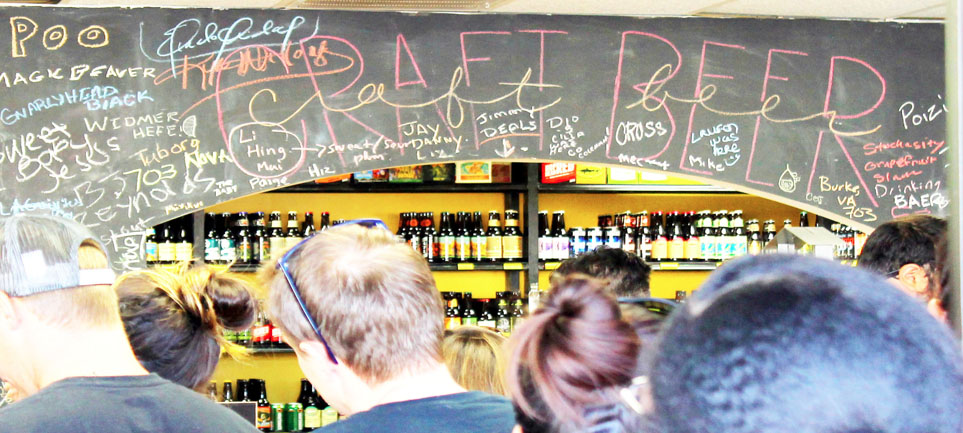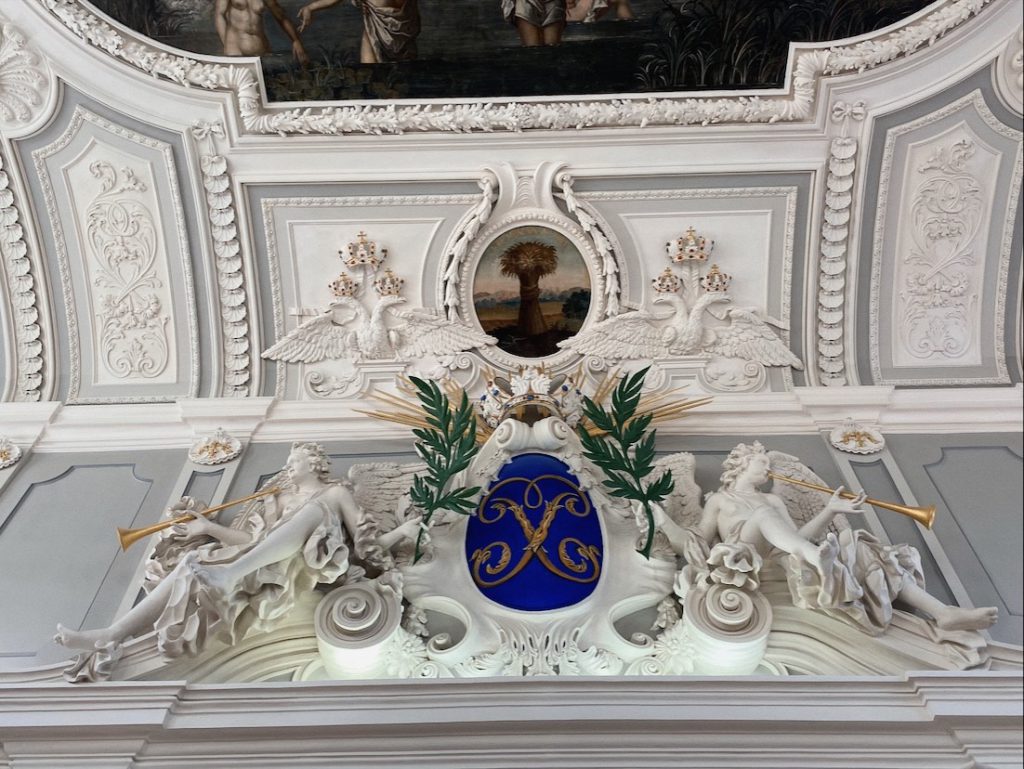The Virginia Museum of Contemporary Art (MOCA) is currently featuring the 10th anniversary of the art magazine, Hi-Fructose. The exhibition, titled “Turn the Page: The First 10 Years of Hi-Fructose,” highlights 51 artists who were featured in the publication from the past decade.
The exhibition displays a variety of artistic media. Visitors can find art in photographs, paintings, sculptures and ceramics.
“As you move through, you will see Hi-Fructose’s ever widening outlook and narrowed intent,” an information pamphlet from the museum reads.
A common theme portrayed in many of the art displays is the relationship between human society and the natural world. One of Josh Keyes’ pieces, called “Scorch I,” depicts a shark swimming above a road with its dorsal fin covered in a blazing fire.
The plaque next to the painting states that Keyes’ work reminds people of what the world might become if humanity does not take care of it. The painting portrays a post-humanity world where animals remain, but the effects from humans still exist.
Like Keyes’ “Scorch I,” the painting titled “Ratspiderbat” by Fulvio Di Piazza continues this theme.
“Di Piazza worries about the consequences of humanity’s action upon nature. He believes that we should explore natural energy solutions instead of the destructive pursuit of fossil fuels,” an information plaque at the museum reads.
Beth Cavener’s “Trapped” is also on display at MOCA. The piece is made out of stoneware, paint, 18 karat gold, wood and rope.
Following the common theme of the exhibit, Cavener uses animals as symbols of purity and innocence. When they are given human qualities, they express the darker aspects of human souls, according to the plaque.
Junior Ashlei Gates visited MOCA during a class trip for one of her journalism courses.
“I feel that the exhibit as a whole was very well put together. The exhibit was very pleasing to the younger generations by how modern it was,” Gates said.
At the end of the art exhibit at MOCA, visitors are treated with a hands-on experience. Art lovers have the opportunity to interact with displays posted on the walls. They can write down their thoughts to a question and even mix and match famous artworks to create an “artistic equation.”
“It’s a good way to get art-goers involved,” Gates said. Gates highly recommends that students visit the museum if they find themselves with little to do.
MOCA offers scheduled educational programs that accompanies the Hi-Fructose exhibit. These programs include master classes with some of the featured artists, discussion panels with artists and film screenings. The next upcoming event will be an artist talk featuring Wayne White.
The “Turn the Page: The First Ten Years of Hi-Fructose” exhibition will be available until Dec. 31. The MOCA is located on 2200 Parks Ave. in Virginia Beach. For more information about this exhibition and others, visit the MOCA official website at www.virginiamoca.org.
Hi-Fructose magazine was founded in California in 2005 by two artists Daniel and Annie Owens. Within the pages of the magazine, it showcases modern artwork from both emerging and distinguished artists.
“Hi-Fructose focuses squarely on the art which transcends genre and trend,” the Hi-Fructose official website says.
MOCA is a nonprofit institution that provides diverse artwork that represents the modern times. The museum regularly changes out their exhibits, allowing viewers to witness all sorts of photographs, painting, sculptures and other visual media.
“By balancing its four primary activities—gallery exhibitions, studio art classes, educational outreach programs and outdoor art shows—MOCA seeks to involve a diverse regional public in the rich and active language of contemporary visual art,” according to the MOCA official website.
Justin Smith
jrsmith2@vwc.edu

